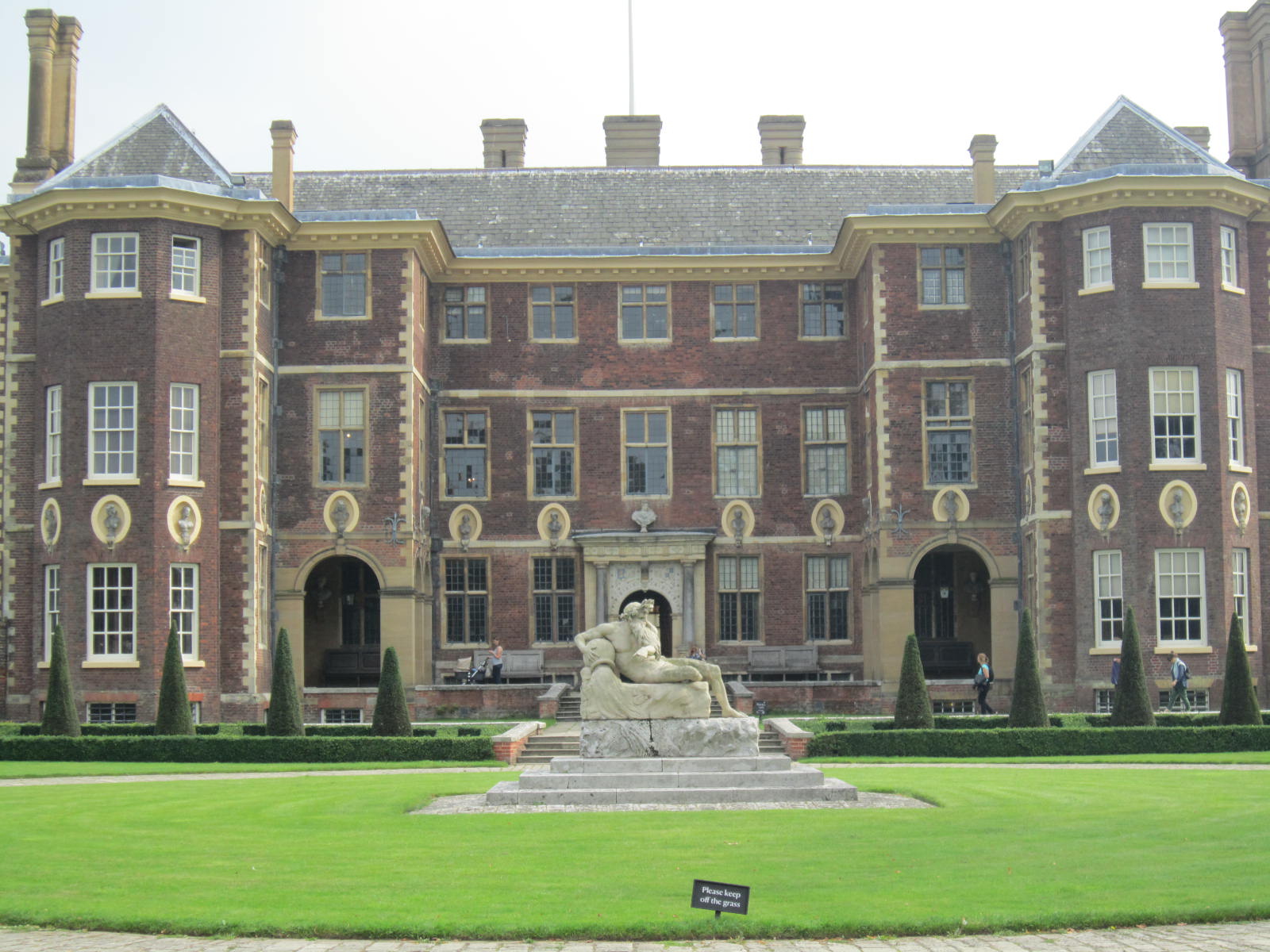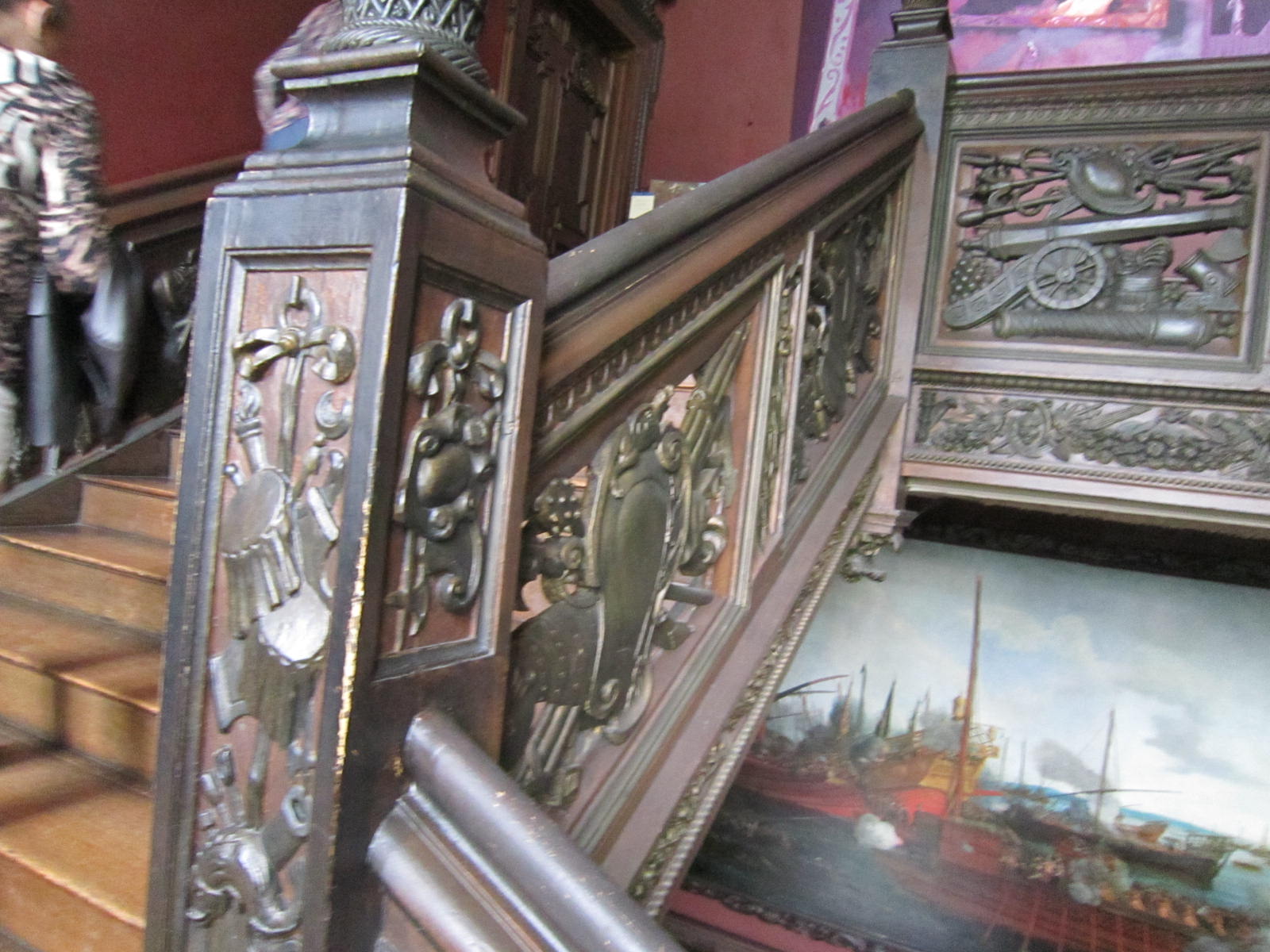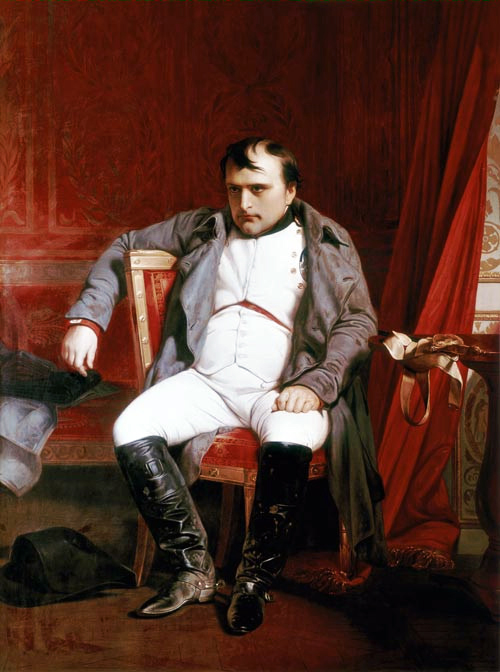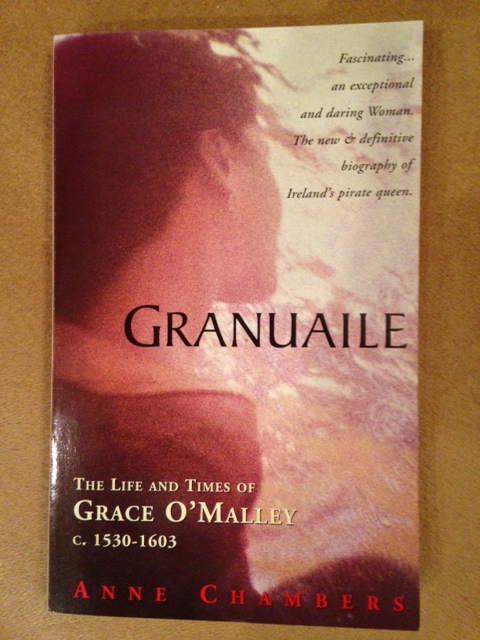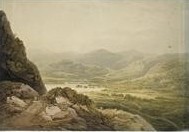Part 4 in series on personal branding
 Sometimes called Good Queen Bess, Gloriana, or The Virgin Queen, the second daughter of Henry VIII became Queen Elizabeth I of England at the age of 25. She quickly and masterfully defined herself in the eyes of her people -- that is, she established her personal brand.
Sometimes called Good Queen Bess, Gloriana, or The Virgin Queen, the second daughter of Henry VIII became Queen Elizabeth I of England at the age of 25. She quickly and masterfully defined herself in the eyes of her people -- that is, she established her personal brand.
At a disadvantage from the beginning because she was female, protestant, and the daughter of the executed Anne Boleyn, she was also coming into power after the death of her half-sister Mary, aka "Bloody Mary." Elizabeth needed to establish a firm base of power that her courtiers and her people could respect and accept. In her case, facing the likelihood of Catholic assassins, a strong personal brand was truly a matter of life or death.
Values and positioning
Elizabeth had been in training for royalty for a long time. She knew what she wanted: Increased world trade, supreme naval power, religious unity, and economic prosperity. She didn't care for war, but did not shrink from it in order to protect and defend her power and her nation.
To those ends, Elizabeth not only created a powerful persona, but also "positioned" herself as a strong and just ruler, a most noble and formidable king in a gentle woman's body.
Positioning is a way to define yourself to your audience in a positive and memorable way, while differentiating yourself from your competitors or predecessors.
If I were to quickly write Queen Elizabeth's positioning statement, first I would beg forgiveness at being so bold and admit a royal positioning statement would require a lot of serious thought and development time. That said, it might go something like this:
For the people of England, France and Ireland, we (the royal we) descend under divine right from Britain's greatest monarchs, to establish peace, religious unity, international trade and naval dominance, and to maintain their well-being, security and prosperity.
- Elizabeth based her claim to the throne first on history, descending from the Trojans, linking to King Arthur and Henry VIII. This history and provides the background to her many symbolic portraits, and to this she added color choices, iconography, and especially consistency.
- Elizabeth did not care to sit for portraits so eventually artists were given "approved" facial forms to paint from, adding to the consistency and agelessness of her persona.
- She preferred white gowns to emphasize her fair skin and bright hair, and augmenting her image of purity. Her courtiers wore miniatures of her to show their devotion, and had their own portraits painted wearing Elizabeth's colors – black, white, red and gold. (At the time, red and black dyes were difficult to obtain and process, so they were restricted to the wealthy.)
- In addition to portraits, Elizabeth's persona was communicated (and sometimes created for her) through poetry, drama, music and architecture.
Power of Portraits
Elizabeth had no advertising or social media to broadcast her message, so of course portraits were the best way to establish her persona. After the defeat of the Spanish Armada in 1588, a famous portrait (above) shows her with the ships in the background and her feet upon a map of the world. Her hand rests on a globe below the crown, her fingers cover the Americas, indicating England's plans for expansion , and she is flanked by two columns suggesting her history. In the background the ships are driven to dark destruction while Elizabeth enjoys the sunlight.
“Elizabeth’s savvy in regard to managing and manipulating public opinion was substantial. She spent lavishly on gowns, jewels, portraits and royal progresses, whistle-stop horseback tours of her domain that let her see and be seen. Her skill with rhetoric, both visual and verbal, was undisputed, as in the legendary speech delivered to her troops on the eve of the Spanish Armada. The queen, dressed in an Athenalike white gown and silver breastplate, told her men, 'I have the body of a weak, feeble woman, but the heart and stomach of a king—and of a King of England too.’”
--Hanne Blank
Virgin, The Untouched History
In what is known as "the pelican portrait" she wears pearls indicating purity, the Tudor rose indicating unity, and a pendant that shows a pelican mother caring for her young. In Elizabeth's time, mother pelicans symbolized self sacrifice of mothers to care for their young, and as an icon represented Elizabeth as mother and protector of her Protestant nation and her subjects.
 Like a virgin
Like a virgin
As Elizabeth aged and determined that she would never marry, she became famous for her virginity -- even though many believed she'd had a long-term love affair with Robert Dudley, Earl of Leicester. She was celebrated as The Virgin Queen in the portraits, pageants and literature of the day.
Virginity was a courtly ideal. In younger days Elizabeth's virginity had represented her purity, innocence and chastity, making her a perfect bride for some wealthy prince. As she aged and all suitors were refused, her virginity was spun into a maternal sacrifice of herself for her country and her people, lending an air of holiness to her reign.
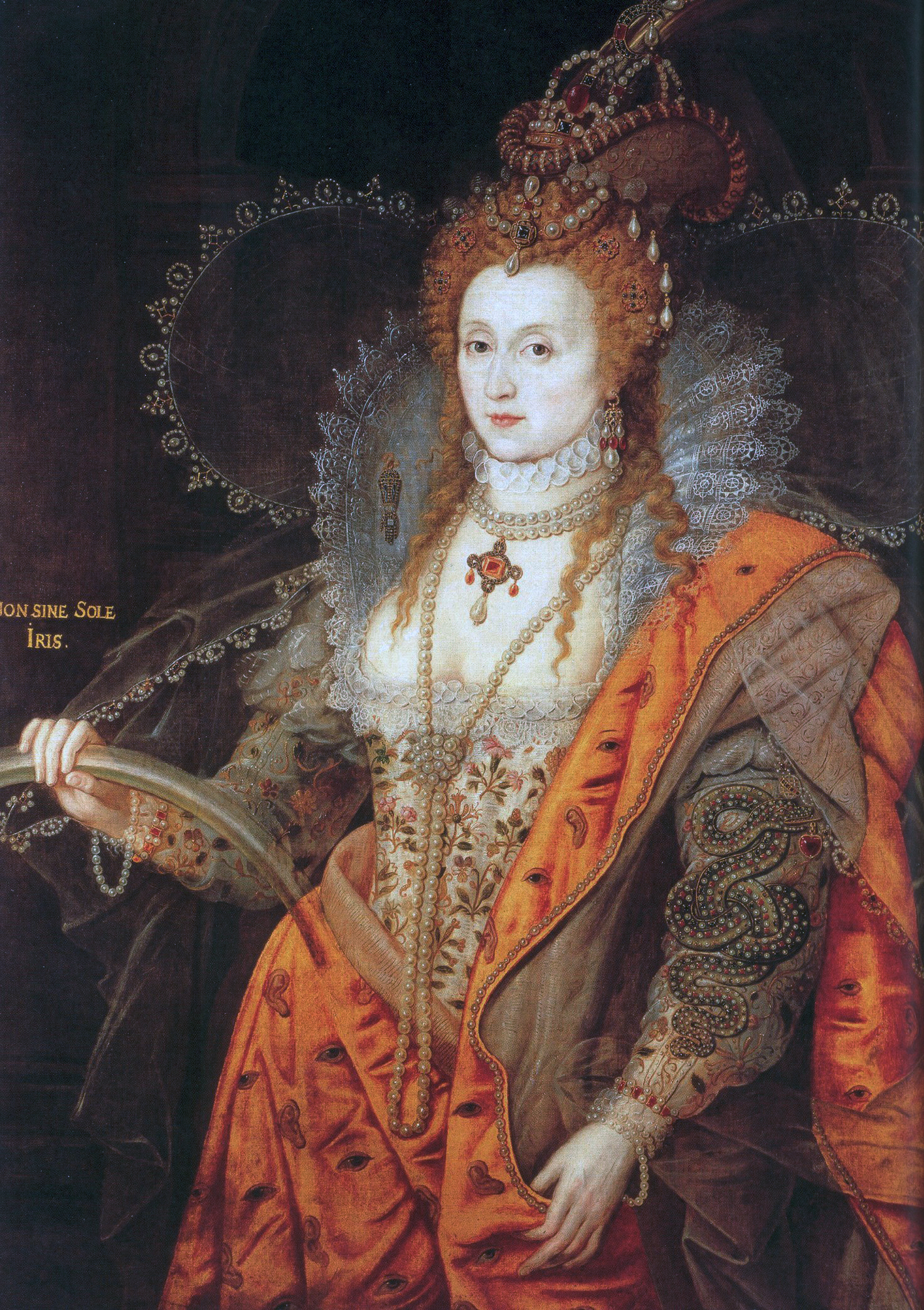 Wings to fly
Wings to fly
Elizabeth was also immortalized by the poet Edmund Spenser in his epic The Faerie Queen, where she was represented as a goddess and the embodiment of beauty and virtue. In reality, about this time her skin had been damaged by small pox, she'd lost much of her hair, and had to wear wigs and heavy makeup. Still, her gowns in some portraits are magnificent constructions of high shoulders and great wings. The Rainbow Portrait, painted when Elizabeth was in her 60s, is actually one of her sexiest, with her white floral bodice, her loose hair and elaborate headdress, a mantle draped over one shoulder, and a cloak designed with eyes and ears motif, the serpent of wisdom on her sleeve, the a rainbow with the motto "no rainbow without the sun." She reminds me of the recording artist Cher in this one: Ageless and outlandish.
In spite of many difficulties during her reign, Elizabeth remained popular with the majority of her subjects, and was praised as a heroine of the Protestant cause and the ruler of a golden age. Following her death in 1603, the date of her accession was a national holiday for 200 years.
Reason to believe
So what can be gleaned from Elizabeth's positioning in terms of personal branding?
- Your persona must support your positioning statement.
- Once developed, positioning can guide your marketing strategy and tactics to serve you for the long-term.
- The choices you make to represent your brand, such as colors, imagery and messaging, should be thoughtful and consistent, repeated again and again.
To create a good positioning statement you should (1) define your target audience, (2) include the frame of reference, as in the category or genre in which you operate, (3) articulate the benefit or unique qualities being offered and (4) give customers a reason to believe you will deliver on your promise.
Next week, part 5 of the series will focus on Louis XIV.
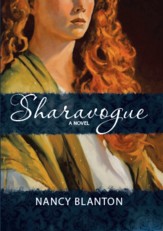 Sharavogue recently won first place for historical fiction in the Florida Writers Association Royal Palm Literary Awards! You can purchase a copy from online booksellers and at the Book Loft on Amelia Island, FL. I will be presenting at the Amelia Island Book Festival Feb. 20-21.
Sharavogue recently won first place for historical fiction in the Florida Writers Association Royal Palm Literary Awards! You can purchase a copy from online booksellers and at the Book Loft on Amelia Island, FL. I will be presenting at the Amelia Island Book Festival Feb. 20-21.






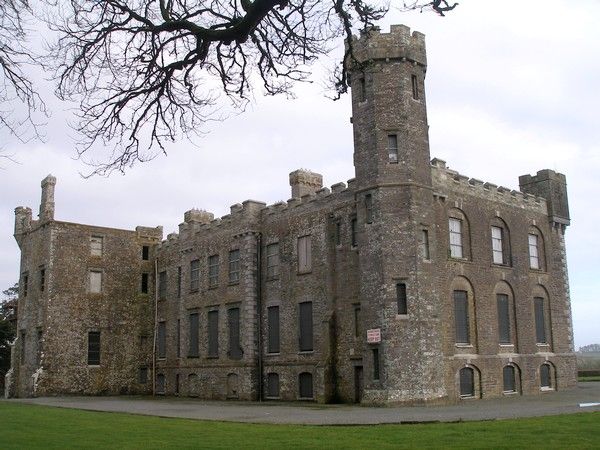
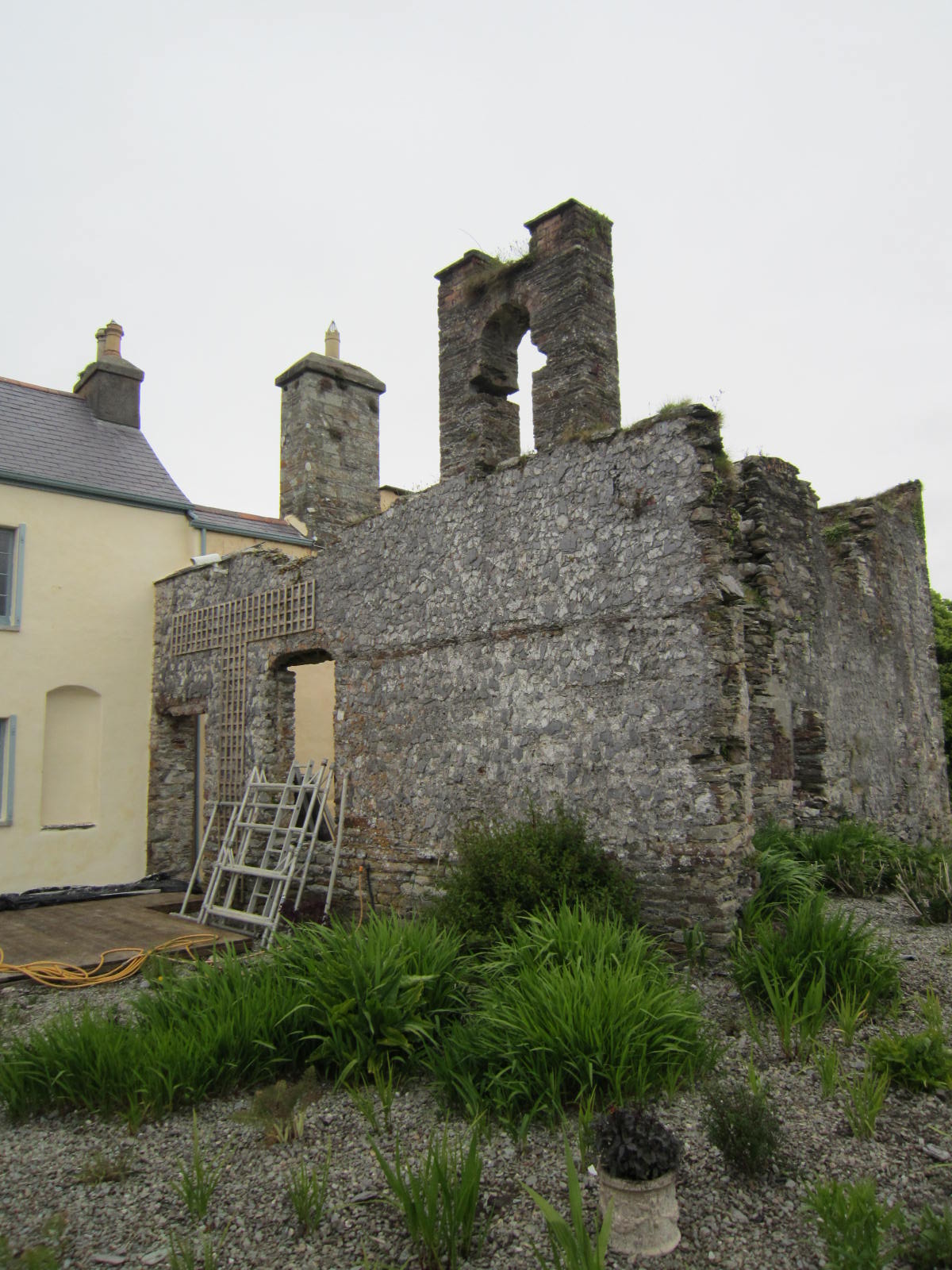
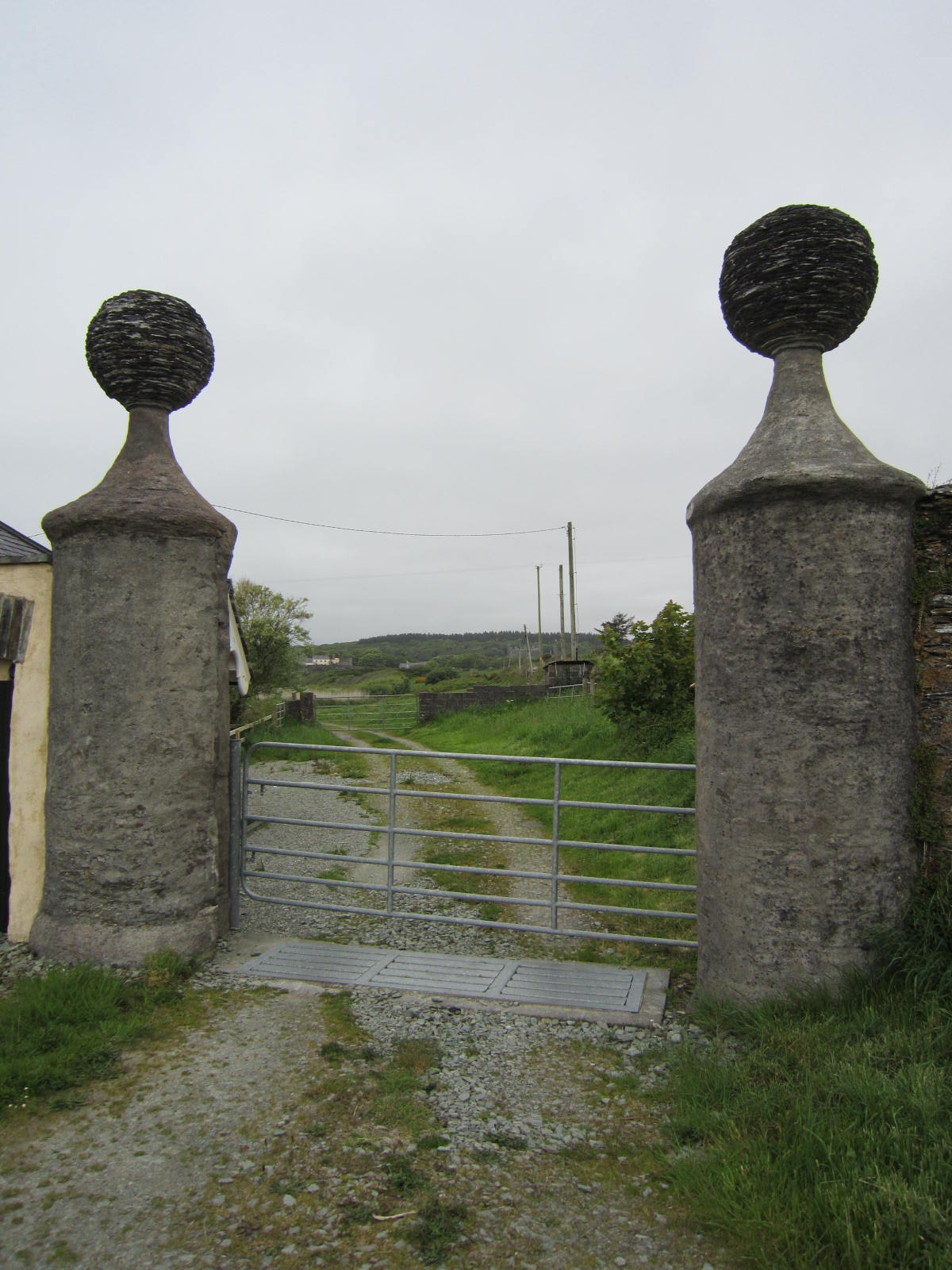
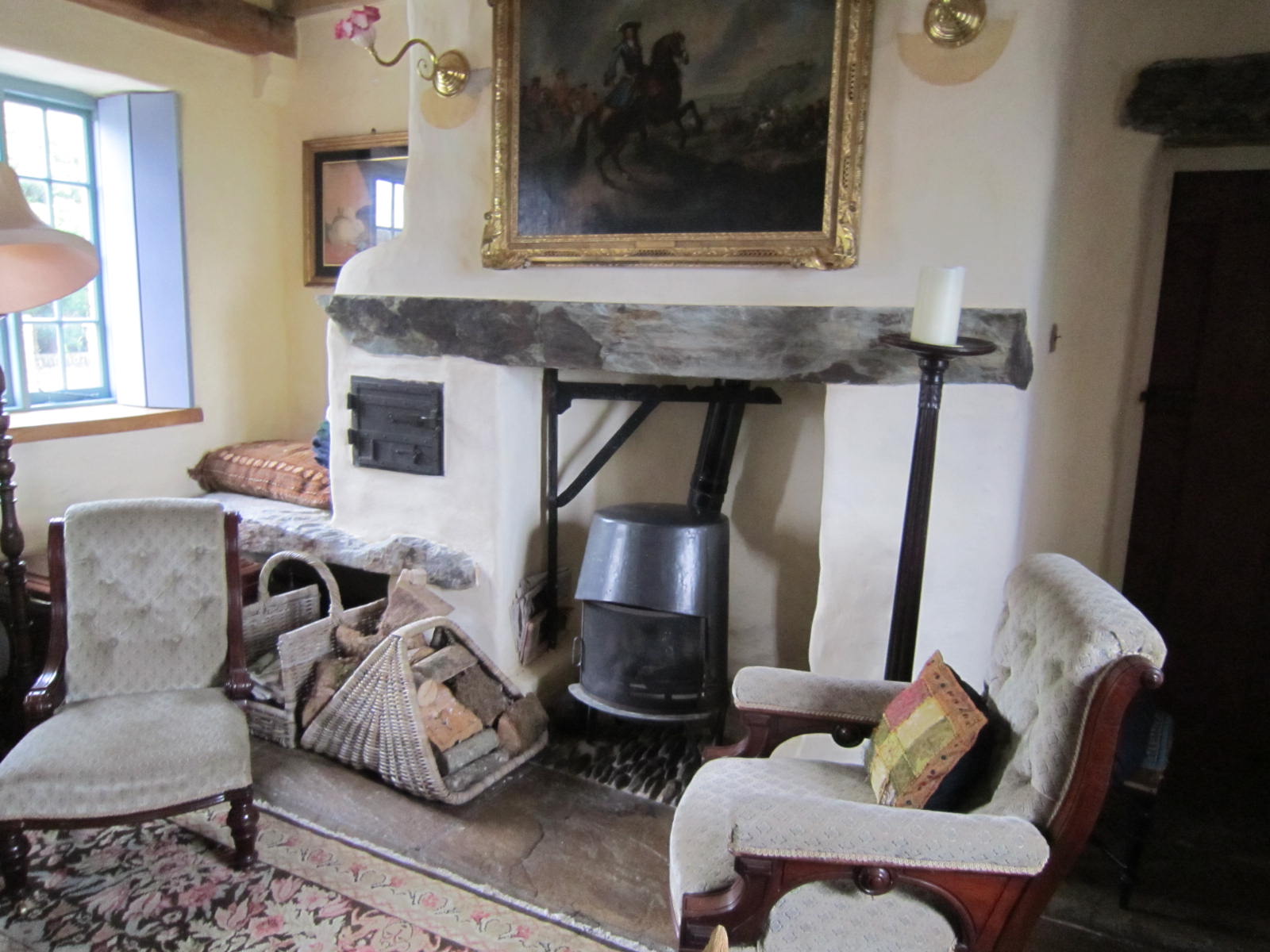 The castle Rathbarry existed on the site of what is now Castlefreke, bearing the family name of Freke for the current owners. Far out on the roadway, the gateposts marking the entrance to the castle grounds with their large spherical tops were said to be true remnants of the 17th century. Just one wall of the ancient stables and carriage house remained, and a new stable house had been built within it remodeled as a private residence. We were treated to a peek inside this structure to get a feel for what home life was like there.
The castle Rathbarry existed on the site of what is now Castlefreke, bearing the family name of Freke for the current owners. Far out on the roadway, the gateposts marking the entrance to the castle grounds with their large spherical tops were said to be true remnants of the 17th century. Just one wall of the ancient stables and carriage house remained, and a new stable house had been built within it remodeled as a private residence. We were treated to a peek inside this structure to get a feel for what home life was like there.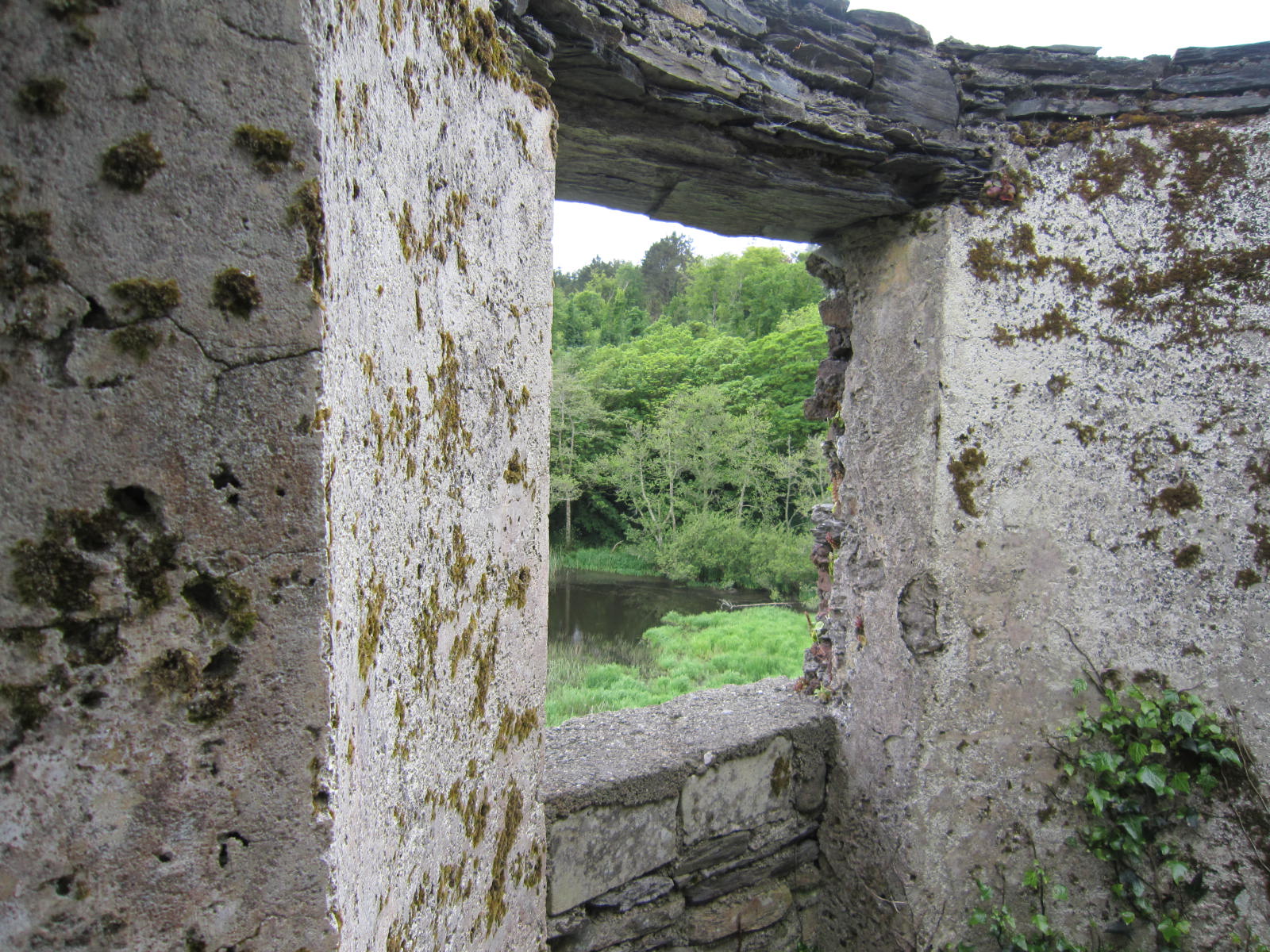 From the upper wall of the ruin, crumbling stone stairs led down to an ancient watergate, a stone passage leading directly from the castle to the water, where boats would have come to deliver food and supplies. But, except for a small, enclosed pond, there was no water. From the top of the steps I could see the bay, maybe half a mile distant. How, I wondered, could the castle have been served from such a distance?
From the upper wall of the ruin, crumbling stone stairs led down to an ancient watergate, a stone passage leading directly from the castle to the water, where boats would have come to deliver food and supplies. But, except for a small, enclosed pond, there was no water. From the top of the steps I could see the bay, maybe half a mile distant. How, I wondered, could the castle have been served from such a distance?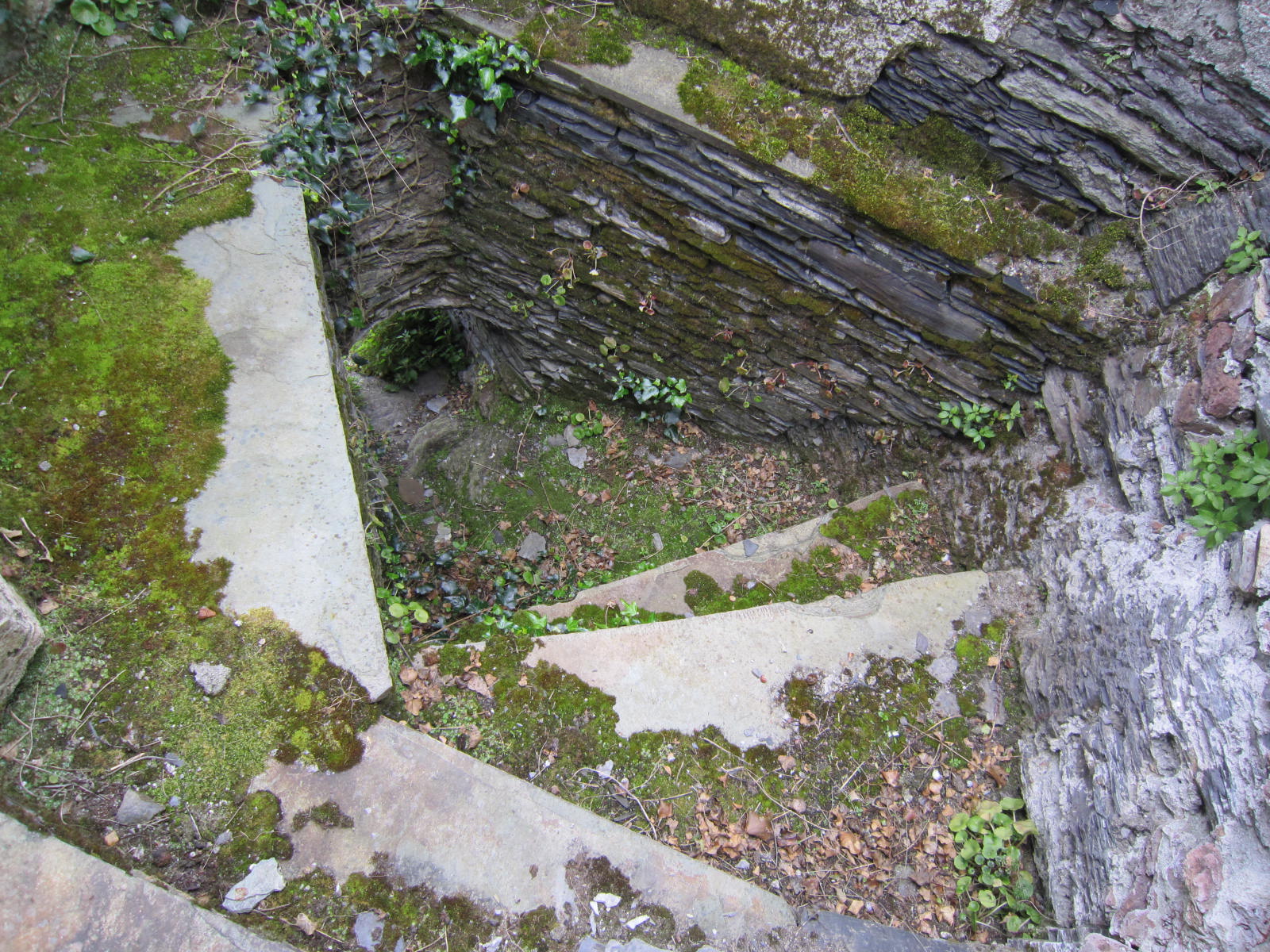
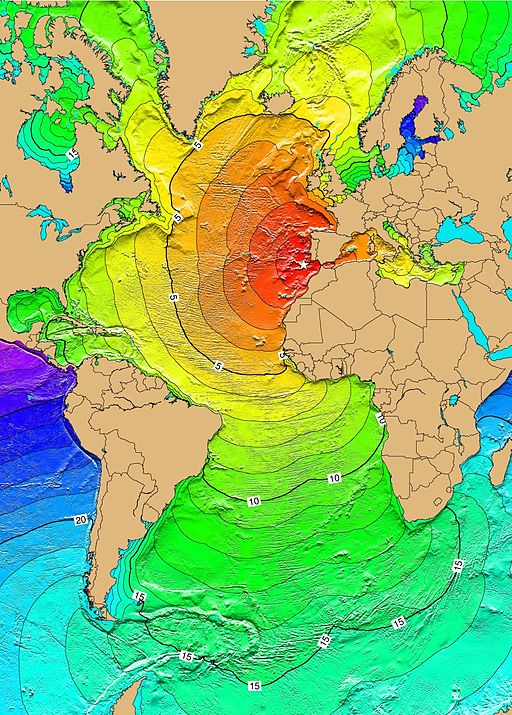
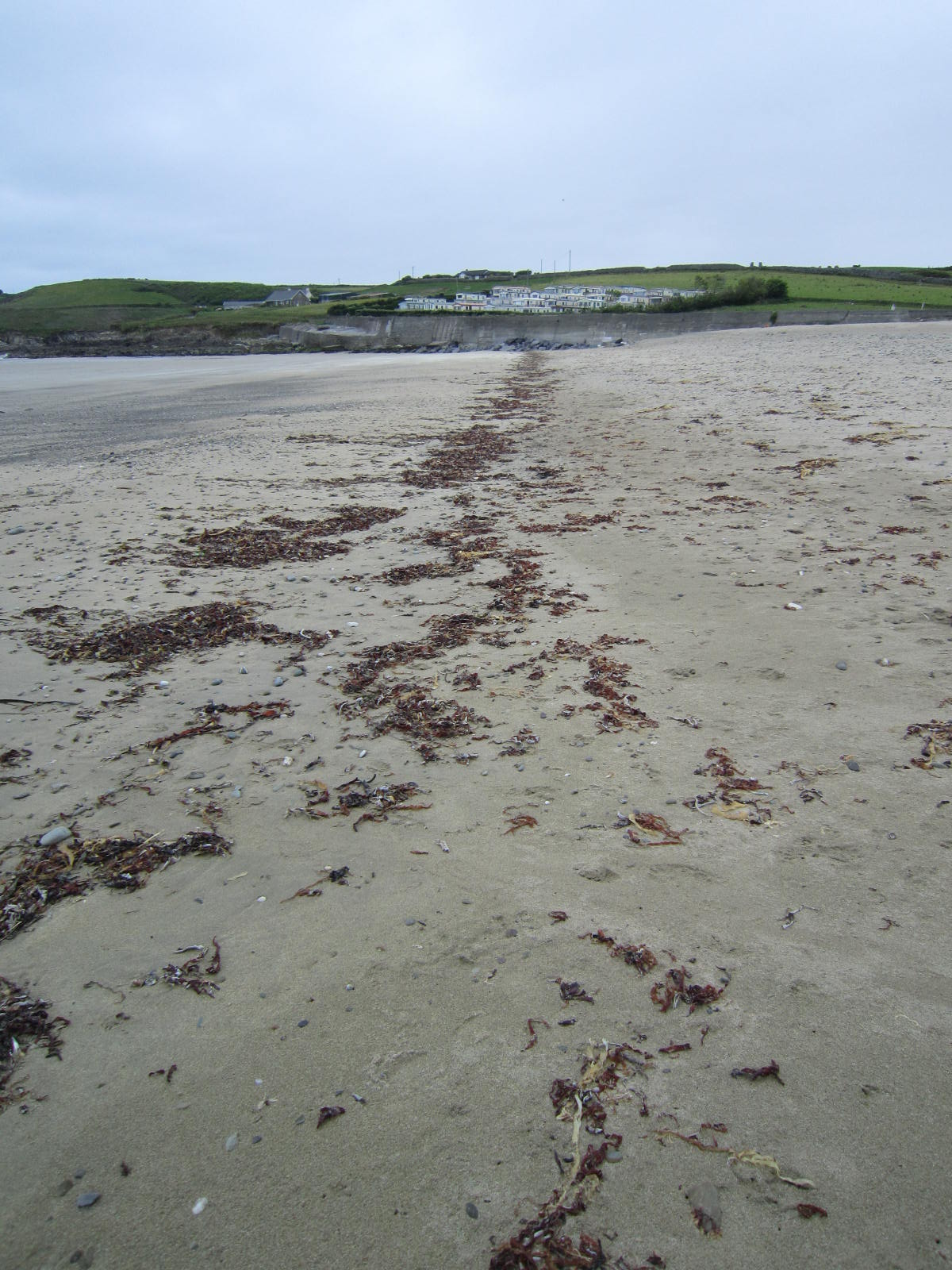 Gigantic waves were reported as well in the West Indies and Brazil. Could these environmental events have shifted sands and reshaped Ireland’s coastline? Undoubtedly.
Gigantic waves were reported as well in the West Indies and Brazil. Could these environmental events have shifted sands and reshaped Ireland’s coastline? Undoubtedly.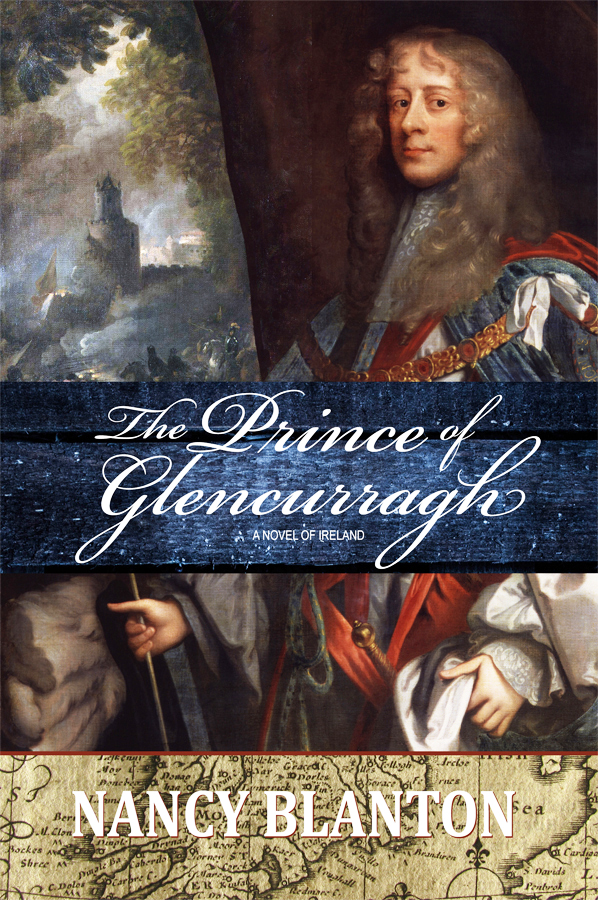 An heiress, a castle, a fortune: what could go wrong?
An heiress, a castle, a fortune: what could go wrong? Excitement was to be replaced by disappointment when I first reached the gates of
Excitement was to be replaced by disappointment when I first reached the gates of  Consequently, there is no scene in The Prince of Glencurragh that is set in Barryscourt Castle. I circled the great Norman tower twice as if hoping to find a secret passage, and then focused on the magnificent garden. Plaques were placed about so that I could identify the plants within the castle walls, a feature that is extremely helpful to an author who lives in another country and manages best with the silk plant variety.
Consequently, there is no scene in The Prince of Glencurragh that is set in Barryscourt Castle. I circled the great Norman tower twice as if hoping to find a secret passage, and then focused on the magnificent garden. Plaques were placed about so that I could identify the plants within the castle walls, a feature that is extremely helpful to an author who lives in another country and manages best with the silk plant variety.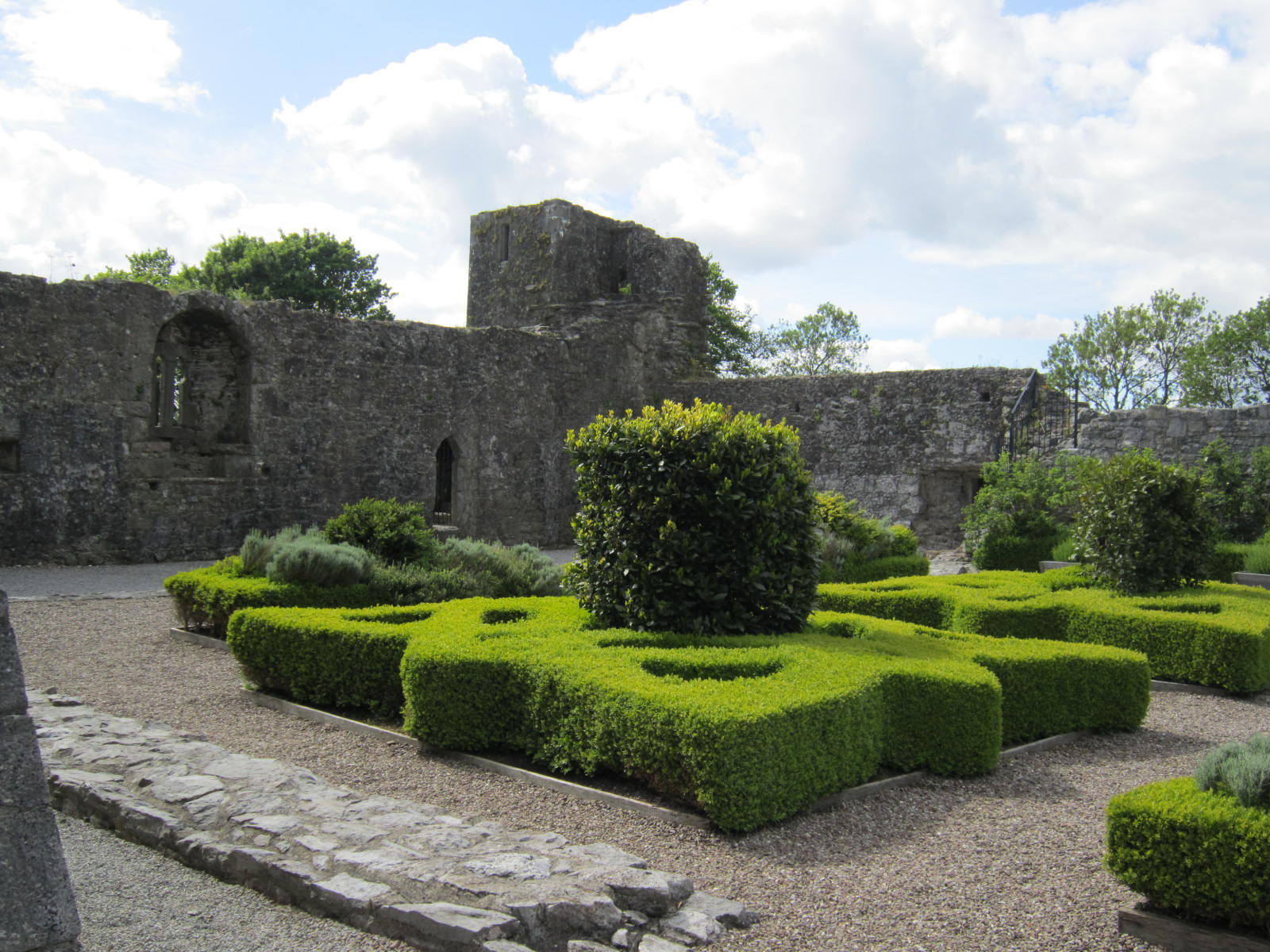 The original castle was built in the 12th century, and the structure I saw was dated for about 1550. The architecture is described as a typical tower house with courtyard and outer bawn or curtain wall, and a “drop-the-prisoner-in-from-the-top” type of dungeon. From the grounds, the castle has the look and feel of the ancient and romantic. I could almost feel the long courtly gown about me, sense the workers bustling in the yard, and imagine stepping through the great wooden door and then ascending a stone stairway to a room in the tower warmed by fire.
The original castle was built in the 12th century, and the structure I saw was dated for about 1550. The architecture is described as a typical tower house with courtyard and outer bawn or curtain wall, and a “drop-the-prisoner-in-from-the-top” type of dungeon. From the grounds, the castle has the look and feel of the ancient and romantic. I could almost feel the long courtly gown about me, sense the workers bustling in the yard, and imagine stepping through the great wooden door and then ascending a stone stairway to a room in the tower warmed by fire.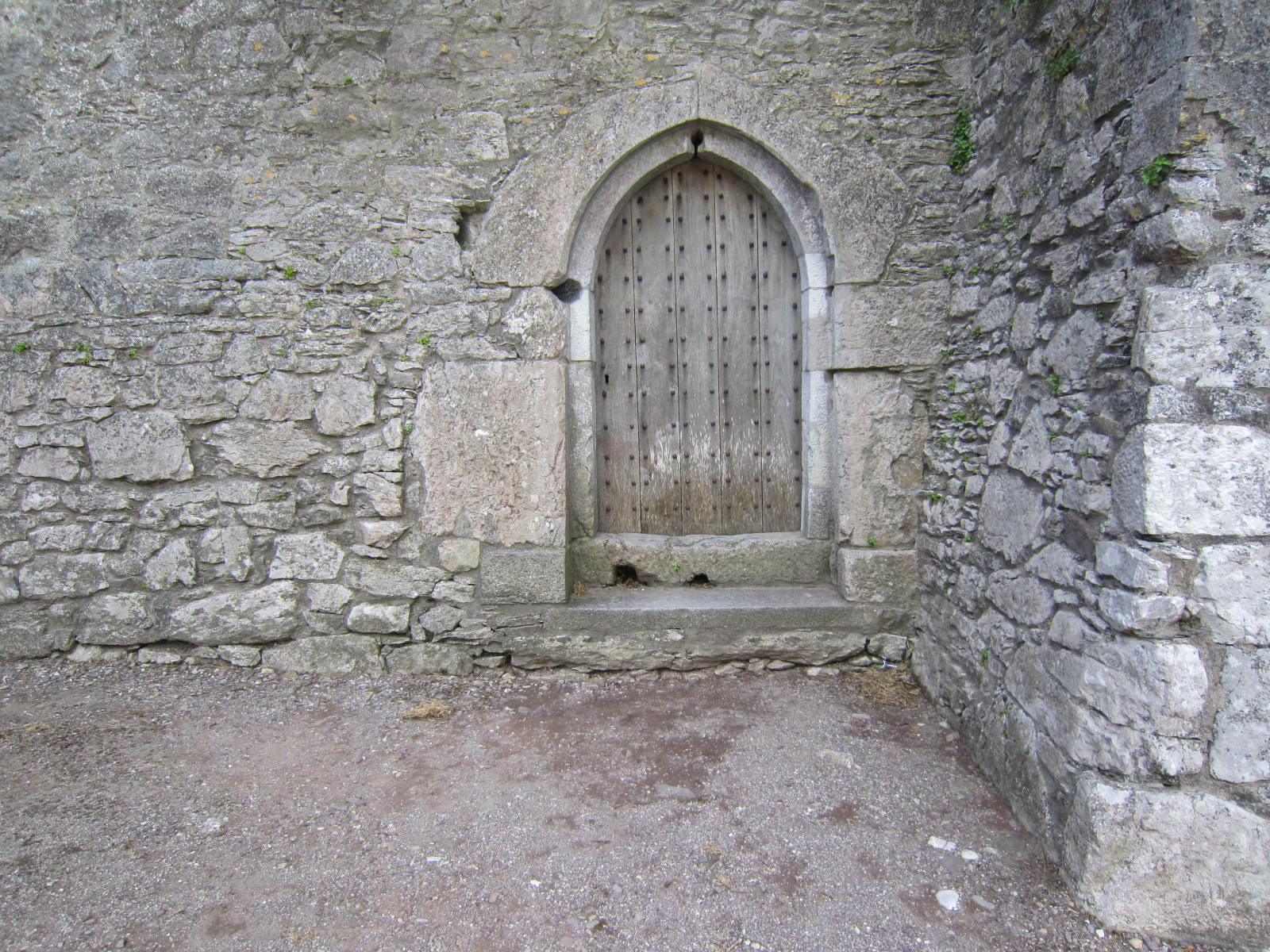 Here had been the seat of the noble de Barry family, to whom King John in the 12th century awarded baronies in South Munster province in return for service in the Norman invasion of Ireland. In this time, English landholders often intermarried with the Irish and relished their autonomy, so far removed from the king’s influence. In later years, when Henry VIII wanted to exert his authority, the Barrys supported the Desmond Rebellions. In 1680 they set fire to Barryscourt themselves rather than see it captured by Sir Walter Raleigh and his English troops. But the Barrys later submitted, and Queen Elizabeth pardoned them after the rebellions were suppressed. Barryscourt was repaired, but external walls still bear the scars of cannon fire.
Here had been the seat of the noble de Barry family, to whom King John in the 12th century awarded baronies in South Munster province in return for service in the Norman invasion of Ireland. In this time, English landholders often intermarried with the Irish and relished their autonomy, so far removed from the king’s influence. In later years, when Henry VIII wanted to exert his authority, the Barrys supported the Desmond Rebellions. In 1680 they set fire to Barryscourt themselves rather than see it captured by Sir Walter Raleigh and his English troops. But the Barrys later submitted, and Queen Elizabeth pardoned them after the rebellions were suppressed. Barryscourt was repaired, but external walls still bear the scars of cannon fire.
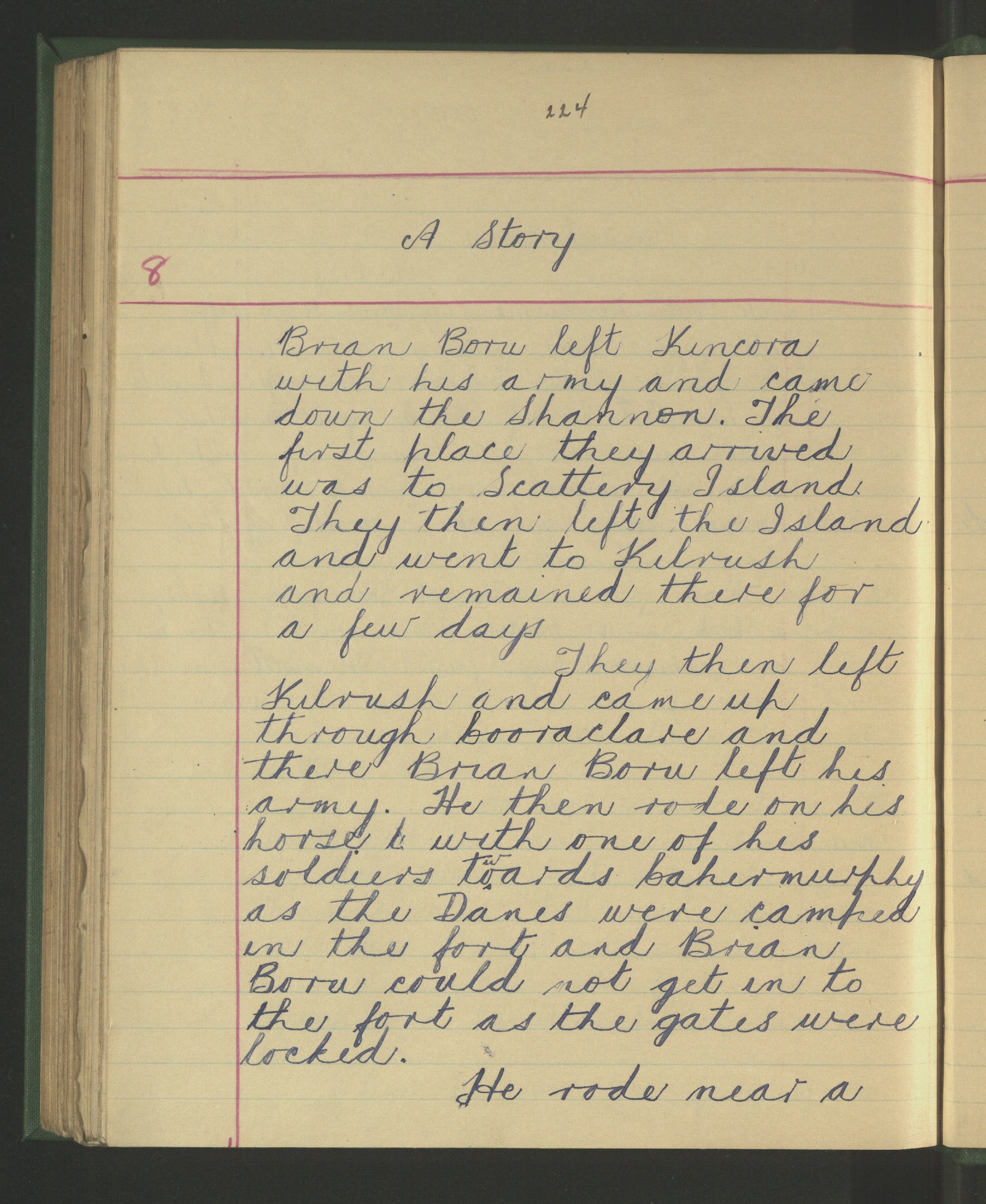 Perhaps as consolation for not getting to tour Barryscourt, in my research I stumbled across this site,
Perhaps as consolation for not getting to tour Barryscourt, in my research I stumbled across this site, 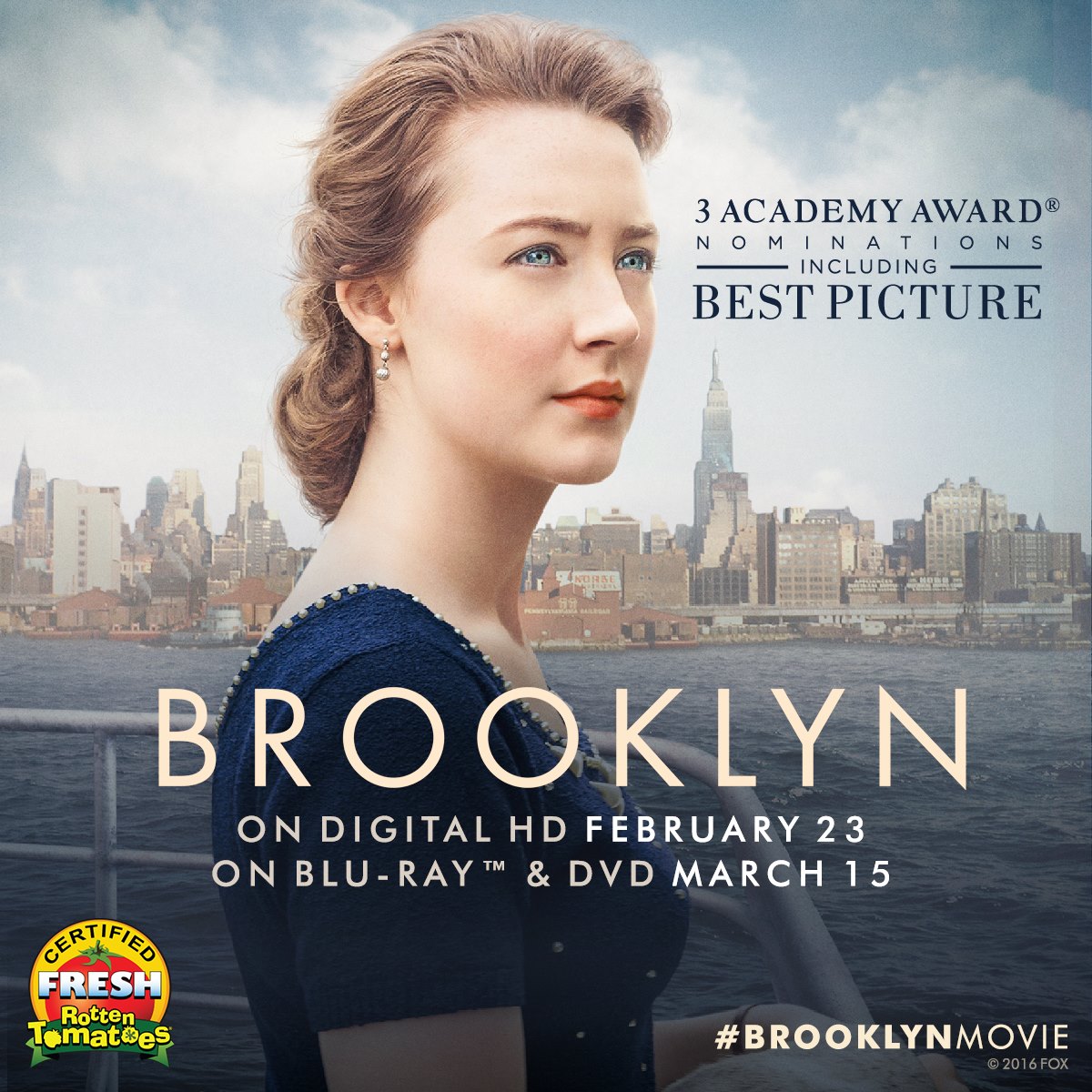 I finally got to see the movie
I finally got to see the movie 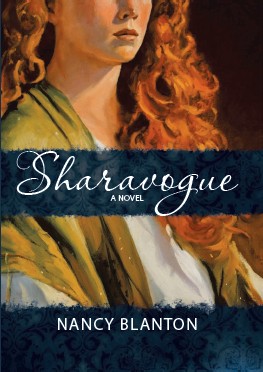 If you love adventures and particularly historical adventures, checkout my novel of 17th century Ireland and the West Indies,
If you love adventures and particularly historical adventures, checkout my novel of 17th century Ireland and the West Indies, 